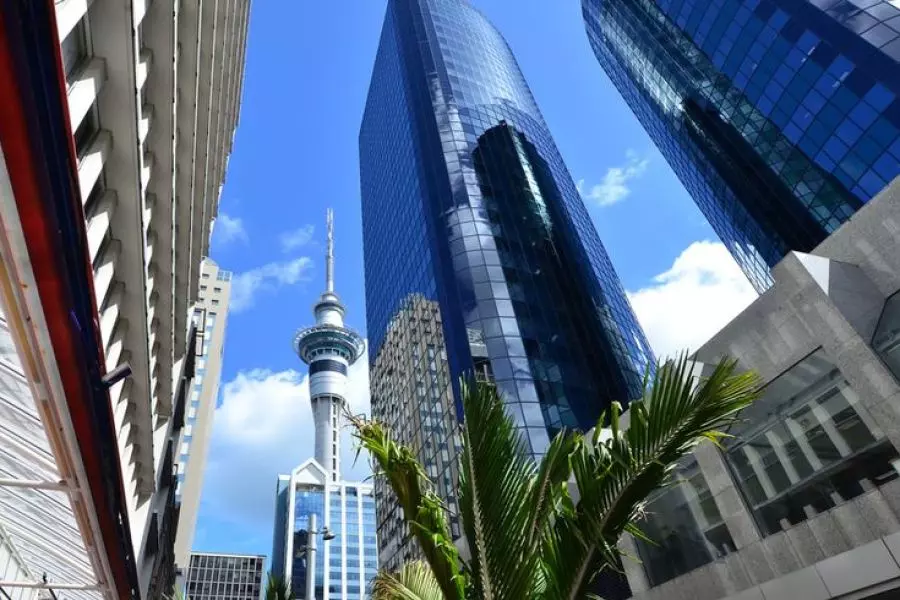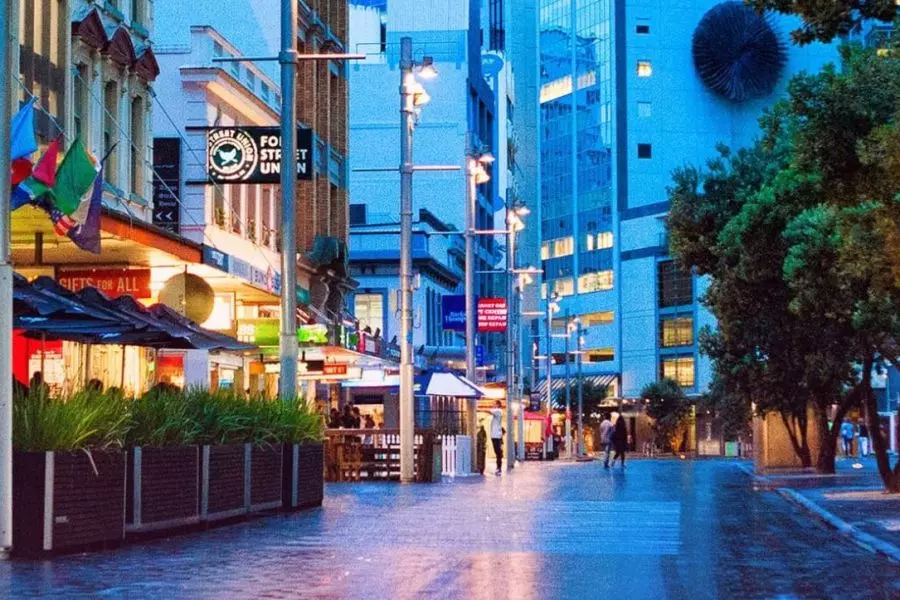News
Questions over new office construction

Tuesday 21st of June 2022
Development plans are being readied and cranes are popping up on the skylines of the country’s major cities to build new premier office space.
Colliers International’s latest research report says this is despite some reservations circling about the future of office coming from Covid-19’s acceleration of remote working, which is influencing the demand for office space o...
Want to read the full article?
Click the button below to subscribe and will have unlimited access to full article and all other articles on the site.









![[The Wrap] Bye Bye Bayly](https://goodreturns.publit.io/file/c_fill,w_900,h_600/39f23ac1-f7c7-4854-b700-a150004ebbac.webp)